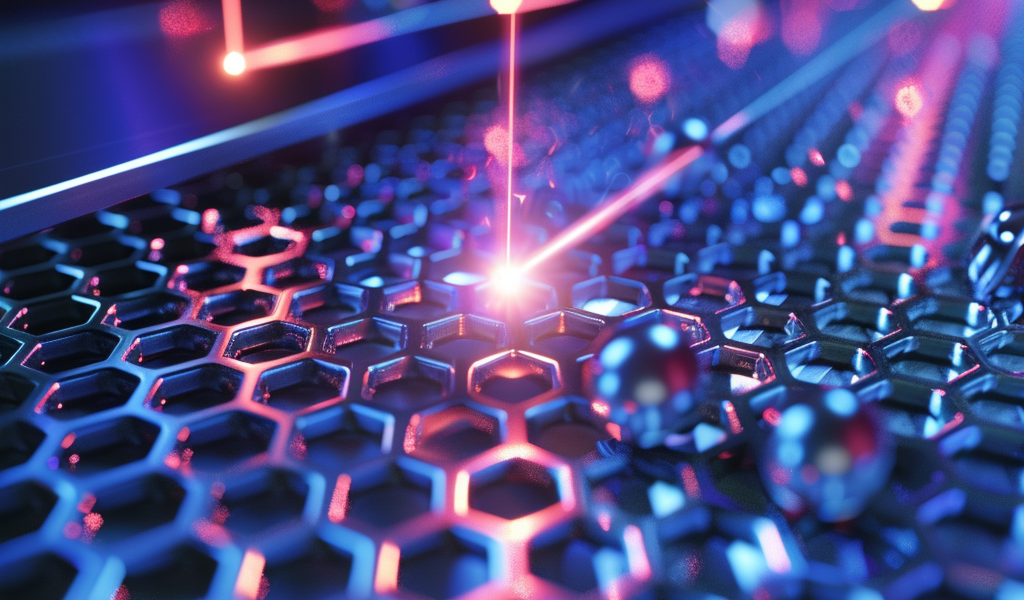Scientists at the University of Illinois Grainger College of Engineering have made a significant breakthrough in the field of nanotechnology by demonstrating the potential of ion irradiation for probing 2D materials, such as graphene. This research, published in the journal Nano Letters, showcases how fast electronic processes in these materials can be studied by irradiating them with ions.
The collaboration between researchers at the University of Illinois Urbana-Champaign and the University of Duisburg-Essen revealed that when graphene is exposed to ions, the ejected electrons provide valuable insights into the material’s electronic behavior. The study marks the first calculations involving high-temperature graphene, with experimental verification conducted by the Duisburg-Essen group.
Lead researcher André Schleife, a professor of materials science & engineering at the University of Illinois, highlighted the advantages of using ions over laser light for material probing. Ions enable highly localized and short-time excitations in the material, allowing for precise studies on the evolution of graphene and other 2D materials.
When an ion interacts with a 2D material like graphene, energy is transferred to both the atomic nuclei and electrons. Some electrons gain enough energy to be ejected from the material, known as ‘secondary electrons.’ The characteristics of these secondary electrons provide valuable information about the material’s electron properties, including temperature and energy distribution.
Lead author of the study, Yifan Yao, a graduate student in Schleife’s research group, emphasized the significance of the simulations conducted. The team simulated the impact of ions on graphene at absolute zero and at higher temperatures, making them the first to study ‘hot’ graphene in this manner.
This research opens up new possibilities for studying the electronic properties of 2D materials, paving the way for advancements in nanotechnology and fast electronic technologies. By leveraging ion irradiation, researchers can gain deeper insights into the behavior of materials like graphene, enhancing our understanding of their potential applications in various fields.





